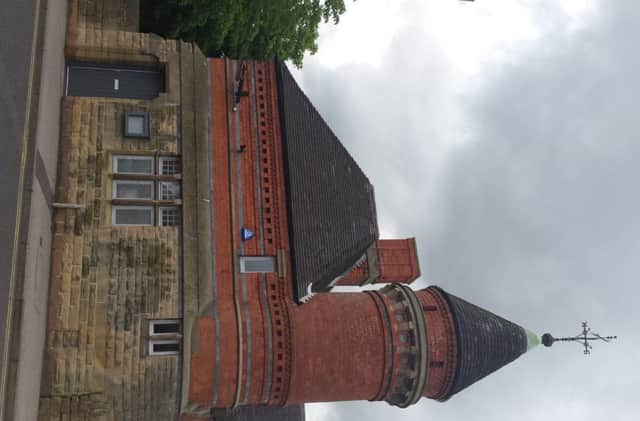Famous Mansfield architect Fothergill Watson could become face of new £20 note


Fothergill Watson, who was born in 1841 in Mansfield, is known for designing a huge range of buildings - many of which still stand today.
He was nominated, along with more than 30,000 other names to replace economist Adam Smith on the back of the £20 note, expected to be in circulation from 2020.
So far he has made it into the top 592 for consideration.
Advertisement
Advertisement
A lot of Fothergill’s work was in Nottingham, but he also built the former Mansfield Cattle Market building, the Hucknall Coffee Tavern and Institute and the School of Violin Making in Newark.
David Littlewood, historic environment officer at Nottinghamshire County Council, said: “We’re absolutely delighted that such a renowned local architect is being considered for this honour.
“His work has left a rich architectural legacy of the Victorian period and 48 of his surviving works are now listed buildings, whilst many more make an important contribution to local character and our sense of place.”
Mark Wilkinson, principal conservation and heritage officer at Mansfield District Council, added: “This would be a fitting tribute to the great work and skill of Fothergill Watson and would recognise the significant architectural influence he has had on Mansfield and Nottinghamshire.
Advertisement
Advertisement
“His work is still evident in Mansfield today, including the former bank on Church Street which is now part of the Swan, the double-gabled building adjoining and to the rear of the town hall, the offices for Harrop White and Vallance and Dawson Solicitors in Albert Street.
“These buildings are hugely important to the local character and distinctiveness of the town and most have listed status, which means they will be protected for generations to come.”
Fothergill left school at 15 and was a civil engineer and architect apprentice. By 1864 he qualified as an architect and over the following 40 years was a prolific designer of buildings.
David added: “Even if he is not ultimately chosen for the new £20 note, his legacy lives on through the many impressive buildings he designed.”